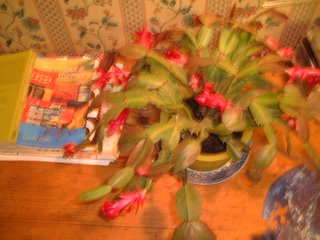
The Colour of Memory (Photo: John May)
Two linguists – Paul Kay and Brent Berlin – began studying the language of colour when they were comparing their field notes in the early 1960s. Kay had just returned from Tahiti; Berlin from studying a Mayan language in southern Mexico. To their surprise, they discovered that, in both languages, all the major colour terms but one were exactly like those in English; the exception was also the same in both languages (grouping green and blue together in what the linguists call ‘grue’). Intrigued, Kay and Berlin sampled the colour terms used in 110 languages. They found that colour vocabulary certainly varies in size: English has 11 basic terms: black, white, red, green, yellow, blue, brown, pink, orange, purple and grey. Russian adds goluboy (light blue). By contrast, Dani, a New Guinea language, only has two: one is for ‘cool’ colours, encompassing black, green and blue; the other for ‘warm colours, including white red and yellow. Those languages having only three terms, almost always have ‘black-cool’, white-light’ and ‘red-yellow-warm’; those having four, usually add ‘grue.’
The variation in the number of colour words, Kay believes, is due to the fact that hunter-gatherers need fewer colour words because colour data rarely provides crucial information about a natural object or scene. The number of colour words in a society corresponds to its degree of industrialisation.
The publication of their book Basic Colour Terms (1969), which suggests that people everywhere see colour in quite similar ways, triggered off years of speculation as to whether the patterns they had discovered had a common neurophysiological basis but, according to Kay (2004) ‘there is no physiological evidence for or against this view.’
A more recent theory suggests that universals in colour vocabularies can be attributed to the way the world is coloured i.e. to the natural distribution of wavelengths.
Source: Philip E. Ross, 'Draining the Language of Colour (Scientific Smerican. April 2004. p24)
 The Colour of Memory (Photo: John May)
The Colour of Memory (Photo: John May)
No comments:
Post a Comment